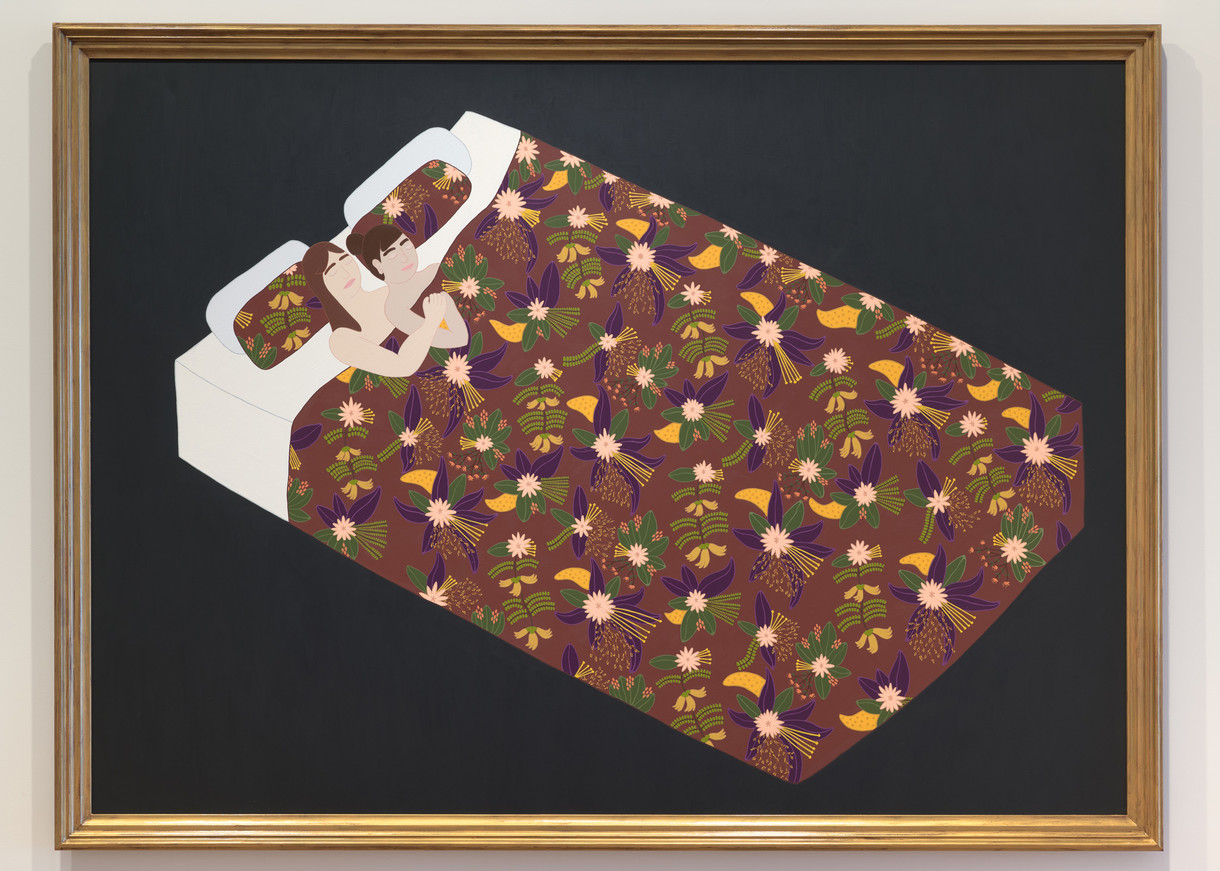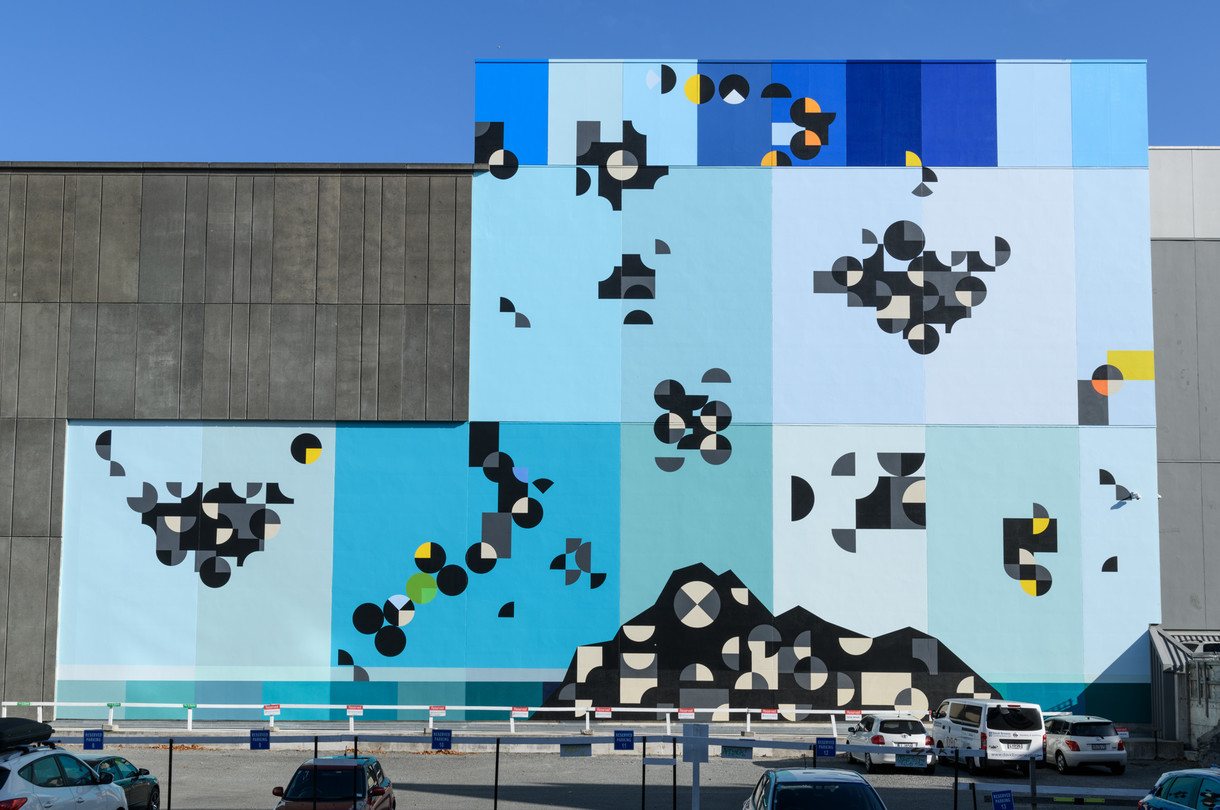John Henry Menzies - The Stanford Pātaka Cabinet
John Henry Menzies - The Stanford Pātaka Cabinet
A film about the Stanford Pātaka Cabinet, jointly owned by Akaroa Museum and Christchurch Art Gallery Te Puna o Waiwhetū. Written by Dan Smith, produced and directed by Chris Pole.
Related reading: Te Wheke
Collection
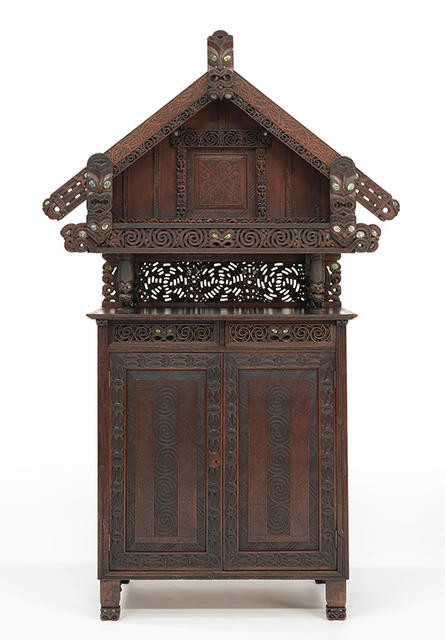
John Henry Menzies Stanford Family Pātaka Cabinet
John Henry Menzies first took up woodcarving as a youth in Lancashire, England. He immigrated to Aotearoa New Zealand aged twenty-one in 1860, and began farming on Te Pātaka o Rākaihautū / Banks Peninsula in 1877. Menzies’ interest in Māori art began in about 1882. He is unlikely to have encountered whakairo (carving) and kōwhaiwhai (rafter patterns) as living traditions until visiting Ōhinemutu in Rotorua five years later. Captivated by what he felt were endangered art forms, he filled two of three houses he built at Kiri-kiri-wairea / McIntosh Bay (later Menzies Bay) and a church at Little Akaloa with extraordinary Māori-inspired furniture and decoration. His most spectacular pieces were made for family members – this highly decorative pātaka cabinet was made for his daughter Charlotte and her husband Edwin Stanford.
(Te Wheke, 2020)
Exhibition
Te Wheke: Pathways Across Oceania
3 July 2022
Experience the Gallery’s collection from the perspective of our place in Te Moana-nui-a-Kiwa, the Pacific Ocean.
Commentary
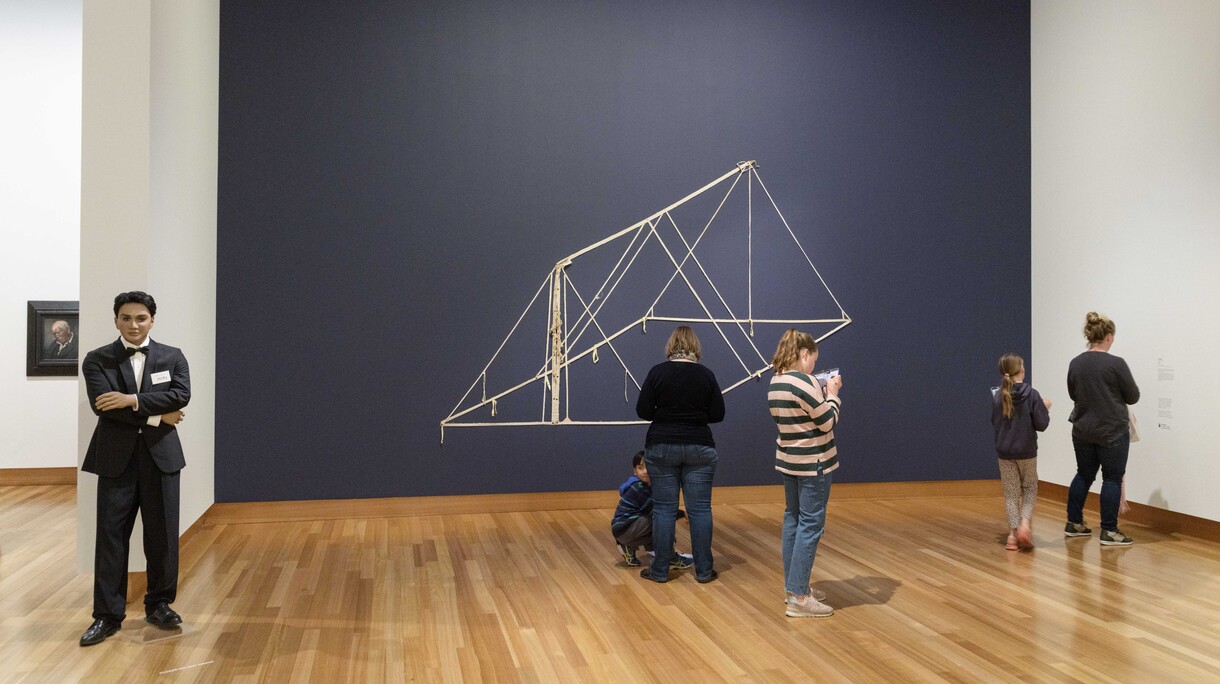
Temples for Curious Minds
I want to tell you a story. A ‘curiodyssey’ (which by the way, I thought I’d made up but is the name of an actual museum in California). So, a curiodyssey of happy places, told through the science of wellbeing.
Commentary
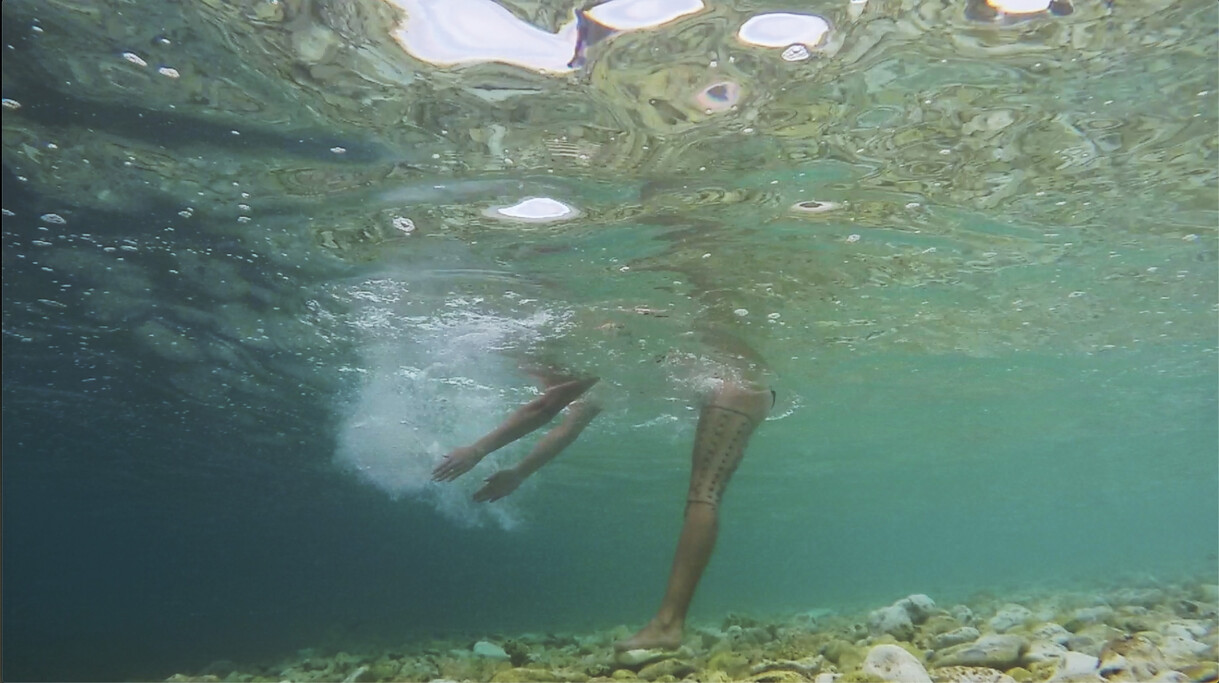
Te Wheke: Pathways Across Oceania
Every few years, the curatorial team at Christchurch Art Gallery Te Puna o Waiwhetū embarks on a major rehang of the first-floor collection area. It’s no small undertaking finding fresh ways to combine long-held, well-known works and new acquisitions, looking for combinations that will offer compelling viewing, immersive storytelling and intellectual engagement to our wide and evolving visitor base. This time, director Blair Jackson added another dimension to our task, challenging us to reimagine the physical orientation of the spaces to encourage visitors to interact with the architecture in a completely different way.
Commentary
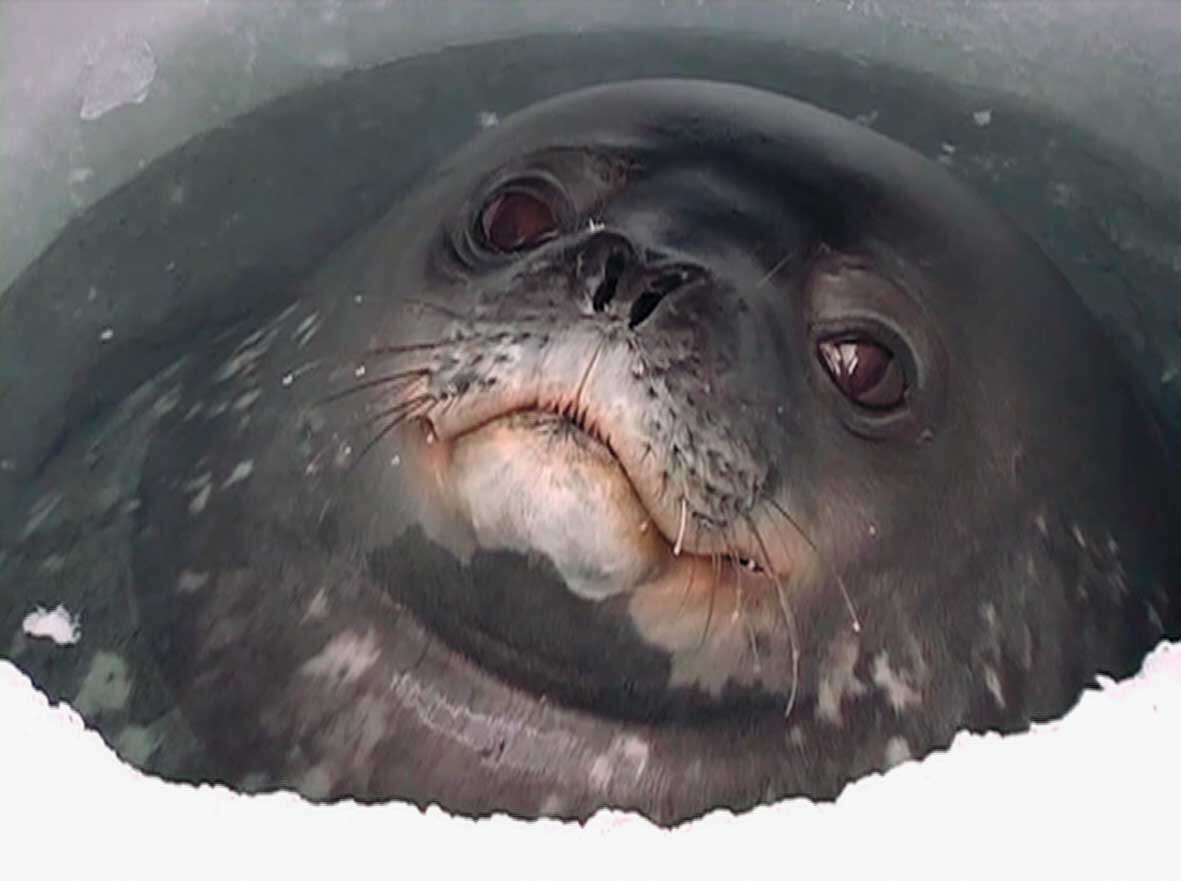
The Seas are Rising: So Are We
In Te Ao Māori the whakataukī “He toka tū moana” pays homage to the rock that withstands the sea as a metaphor for human strength in our cultural or political beliefs, whatever may come. But while the rock is steadfast, the octopus Te Wheke is a shape-shifter, canny and malleable.
Commentary
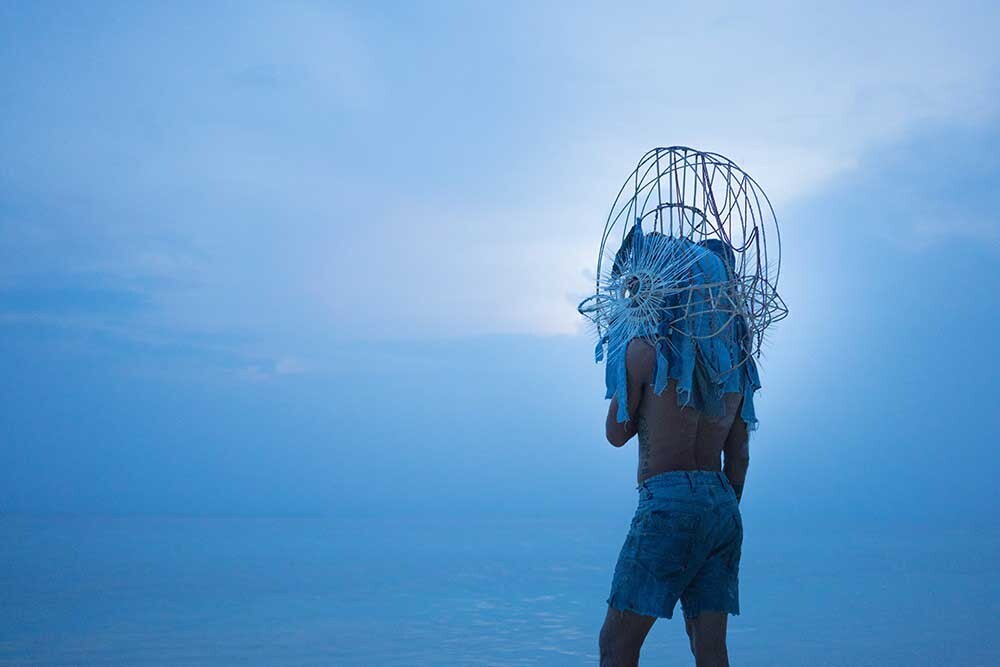
Where in the World? Placing New Zealand in the Pacific
“It is a strange fact that New Zealand can be literally all at sea in the Pacific Ocean, and yet pay that ocean, and neighbours and relations within it, so little attention.”
— Damon Salesa, Sāmoan historian
“… this small and very British country is producing some honest and lively artists whose eyes open upon a land not at all like England, but whose minds are formed in the living tradition of Western culture.”
— Helen Hitchings, New Zealand gallerist
Commentary
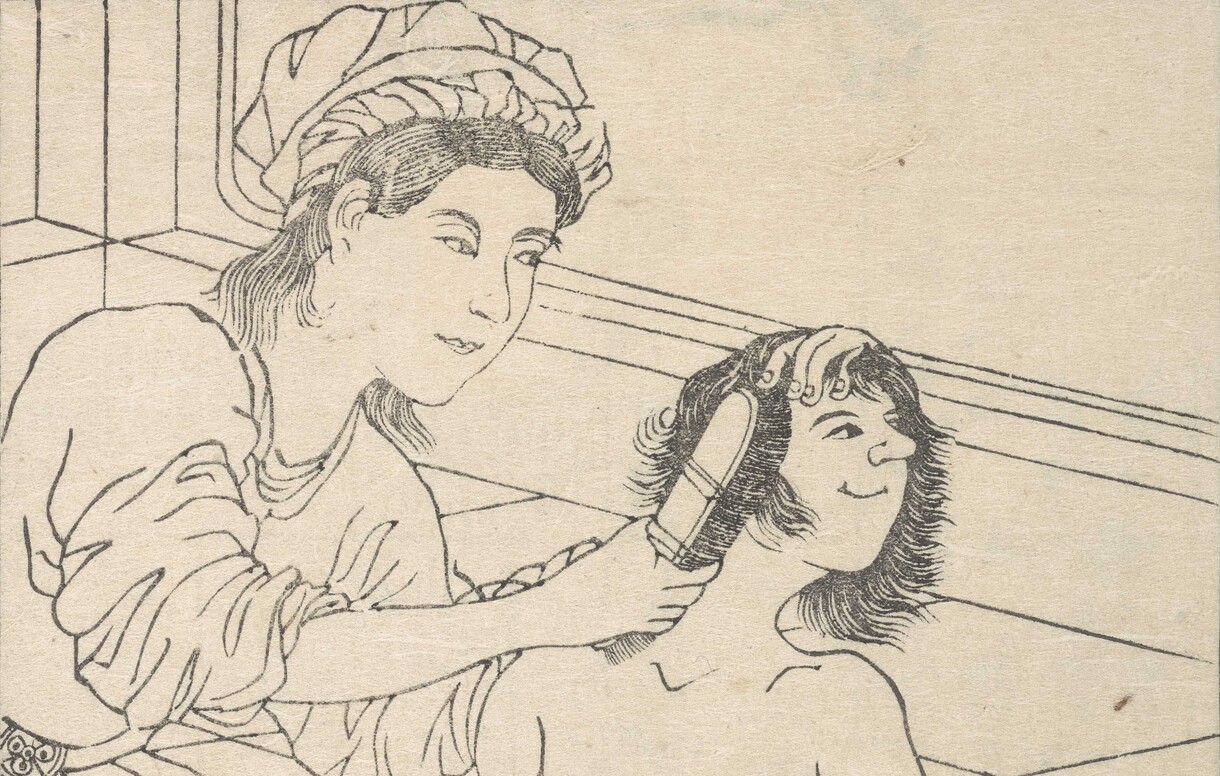
Identities of Journey and Return
It was the novelty of seeing white people rendered by a Japanese artist that tickled me when I first saw Utagawa Sadahide’s woodblock prints of foreigners in Yokohama in the 1860s. There’s something slightly clumsy about the Westerners’ exaggerated noses and the forced rounding of their eyes. You can sense, in these images, the artist’s struggle to detach himself from the conventions of Japanese art and beauty; his lines waver here, unlike his assertive depictions of long, flat Japanese faces in earlier prints.
Notes
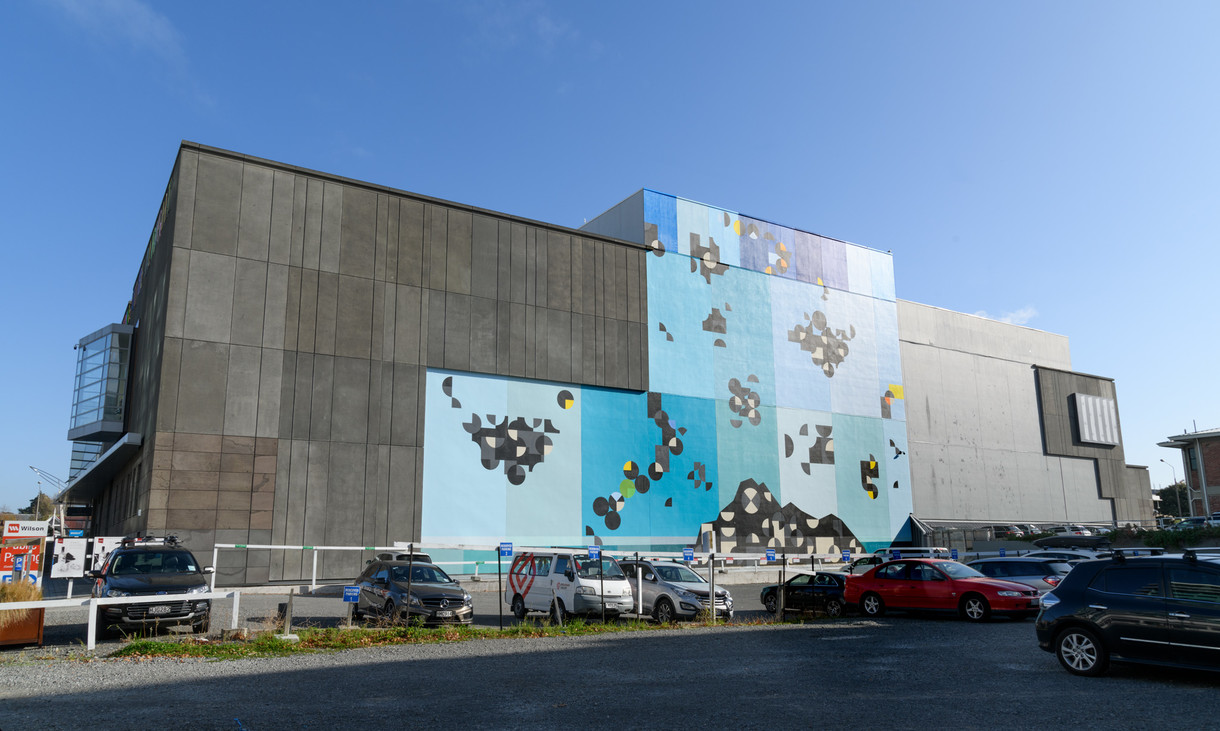
Massive wall painting marks opening of Te Wheke at Christchurch Art Gallery
A 36-metre painting by artist Kelcy Taratoa is part of a new exhibition opening at Christchurch Art Gallery Te Puna o Waiwhetū on Saturday.
Exhibition
Kelcy Taratoa: Te Tāhū o ngā Maunga Tūmatakahuki
A vast painting by Kelcy Taratoa about how we are bound together.
Notes
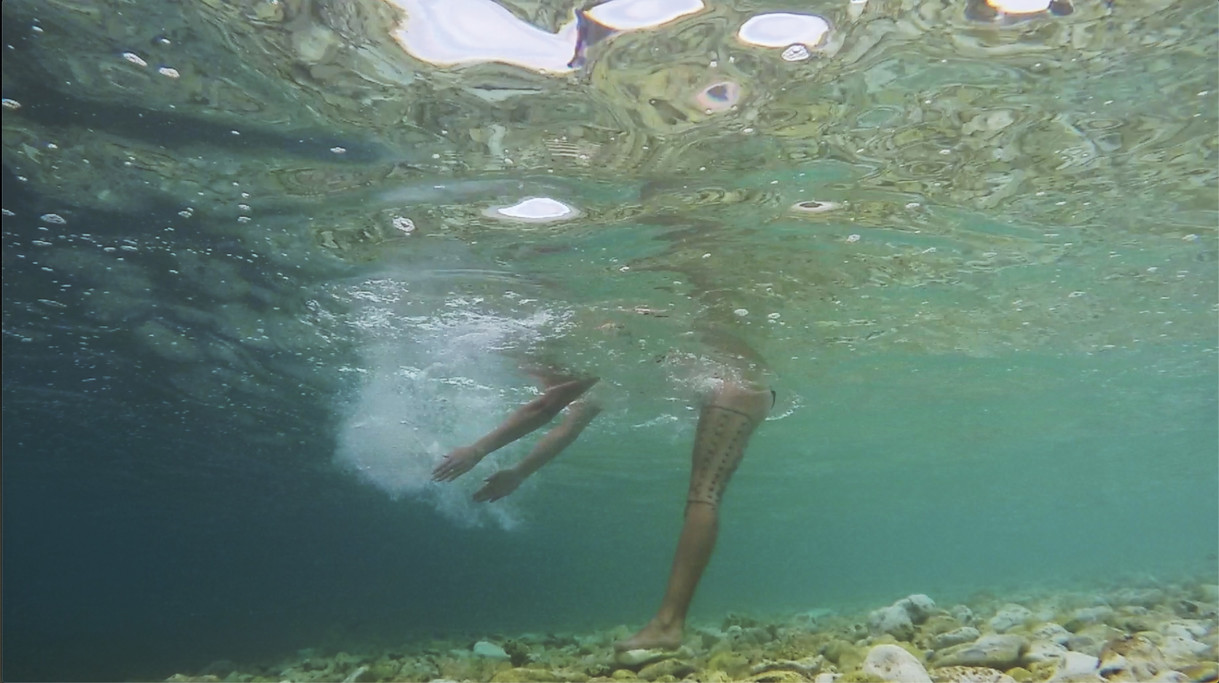
Te Wheke celebrates Ōtautahi Christchurch’s place in the Pacific
An immersive exhibition that explores art through our connections with the Pacific will be unveiled at Christchurch Art Gallery Te Puna o Waiwhetū on 30 May.
Notes
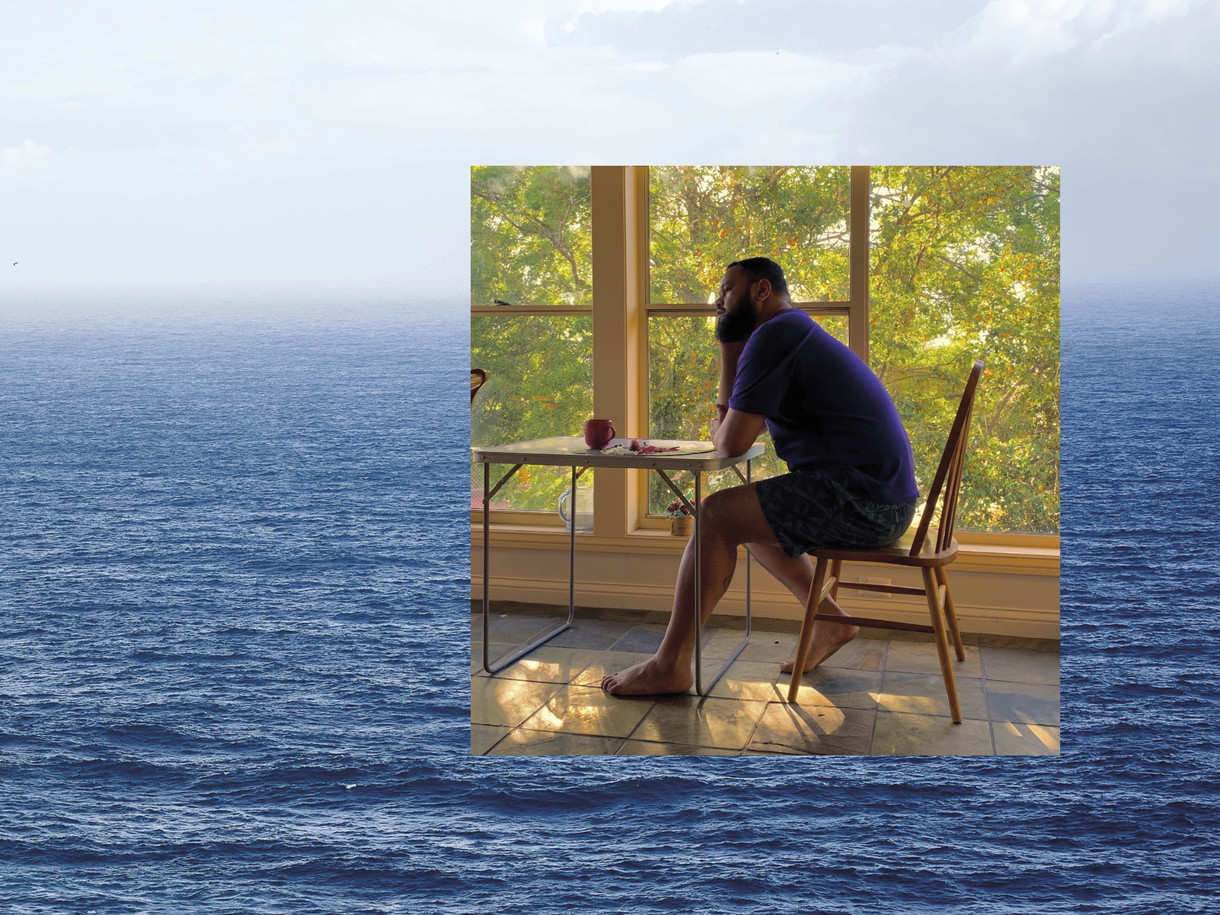
Te Wheke: Pathways Across Oceania
Welcome – nau mai haere mai. Kei Te Ararau o Tangaroa / Pathways Across Oceania is an attempt to understand the Gallery’s collection from the perspective of our place in Te Moana-nui-a-Kiwa, the Pacific Ocean. Full of stories of migration, connection and belonging, this huge new exhibition reflects the connections and tensions that shape our past, present and future.
Notes
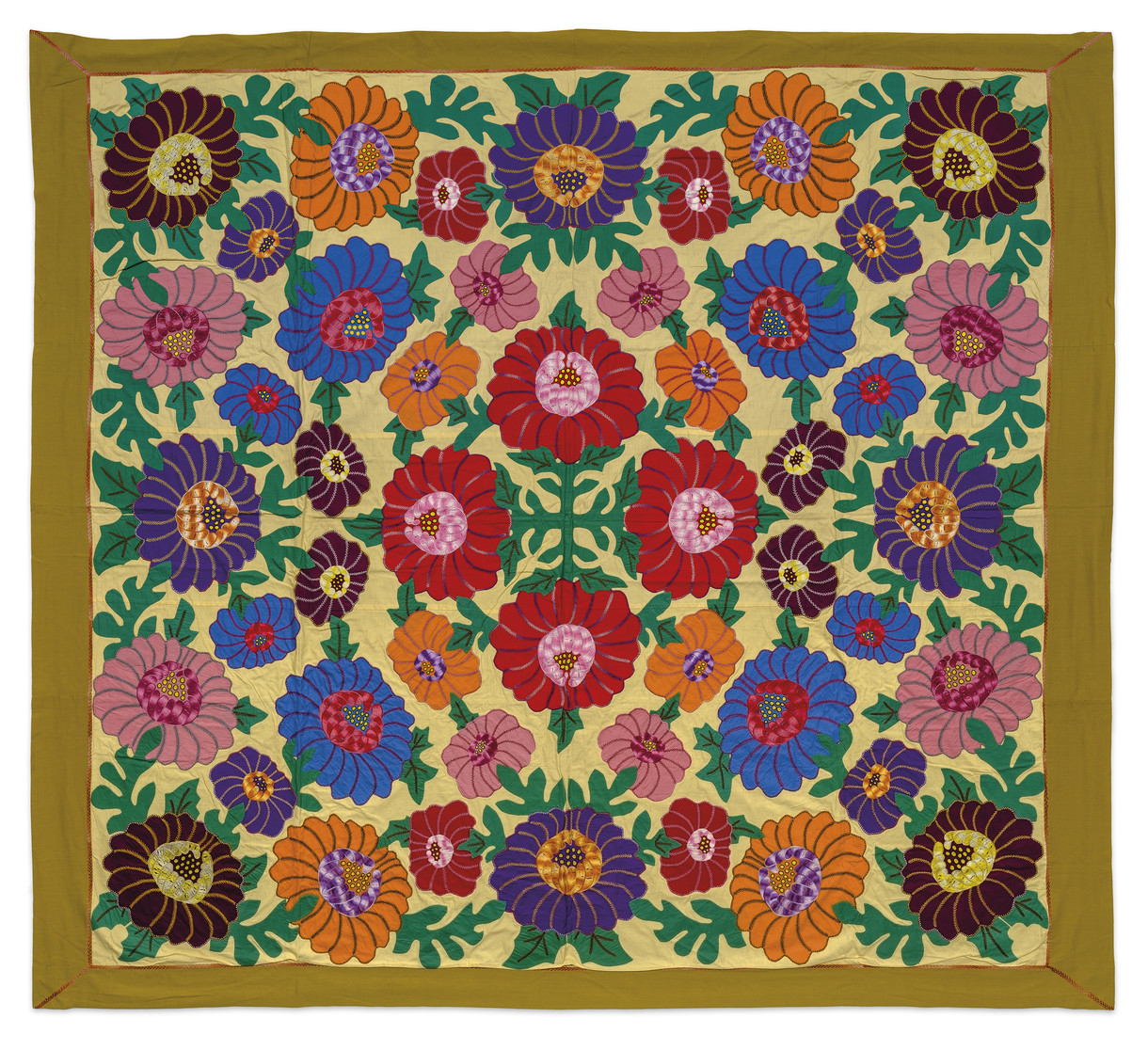
Hawaiki Tautau Atu, Hawaiki Tautau Mai / A Distance Draws Near
Hawaiki is the ancient homeland of Polynesian people who navigated the seas in double-hulled waka from Rarotonga, Tahiti and Ra’iātea to the islands of the Pacific Ocean, including Aotearoa New Zealand.
Notes

Ātea
In te ao Māori, the state of a space when cleared of obstruction is called ātea. This concept was brought to Aotearoa New Zealand from the islands of Te Moana-nui-a-Kiwa / the Pacific Ocean by Polynesian ancestors.
Notes
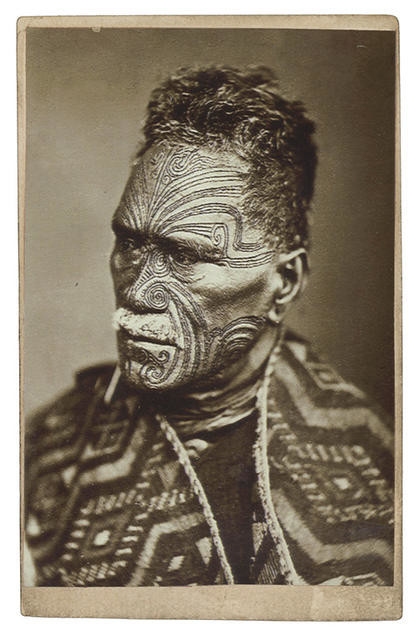
Kanohi Ki Te Kanohi / Face To Face
In te ao Māori, portraiture can encompass rangatiratanga (stewardship), whanaungatanga (kinship or connectedness), manaakitanga (kindness towards others) and whakapapa (ancestral genealogy). A sense of wairua (the spirit of a person) also resonates within these treasured portraits.
Notes
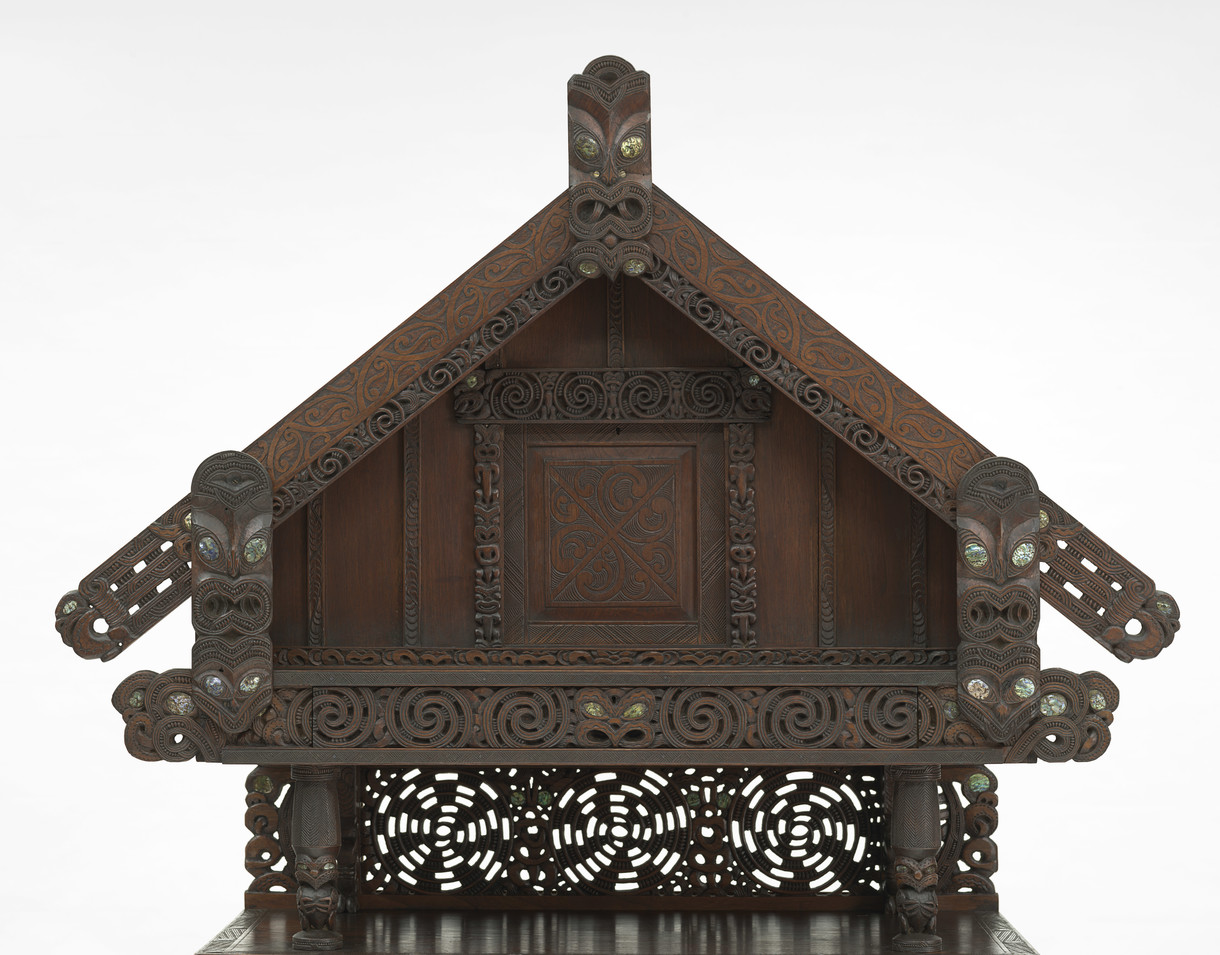
Ko Enei Tauira Ataahua / These Beautiful Patterns
From a present-day perspective, the appropriation of customary Māori art forms and practice by Pākehā artists can be disconcerting, a more-than-awkward crossing of cultural lines.
Notes
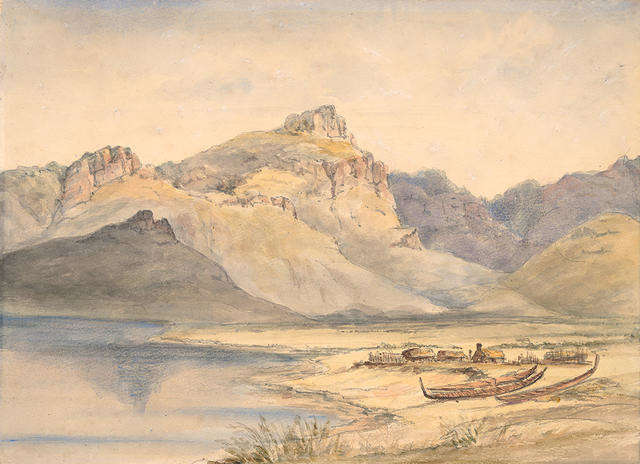
I Tawhiti Ra Ano / From Distant Shores
The islands of Te Moana-nui-a-Kiwa / the Pacific were settled by remarkable ocean voyagers over many thousands of years. Aotearoa New Zealand was peopled through major waves of migration from the 1200s and later the mid-1800s. The seas of Oceania are like vast pathways; ever-present reminders of distant shores.
Notes
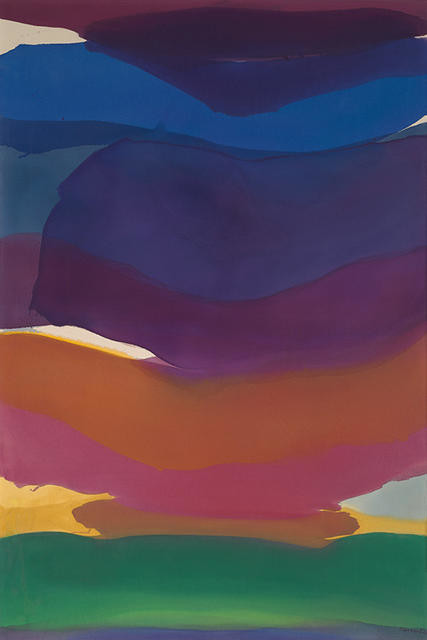
Paerangi / The Fold in the Sky
The connection between land and sky is important in te ao Māori. In Māori creation, Papatūānuku (the earth mother) was separated from Ranginui (the sky father) by their children, creating Te Ao Mārama, the world of light.
Notes
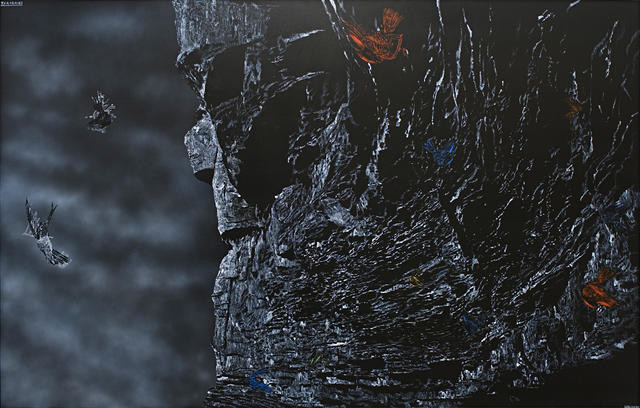
He Ara / Pathways
Aotearoa New Zealand is part of a submerged Pacific continent, which broke away from the Gondwana supercontinent millions of years ago to create two major islands – Te Ika a Māui / the North Island and Te Waipounamu / the South Island.
Notes
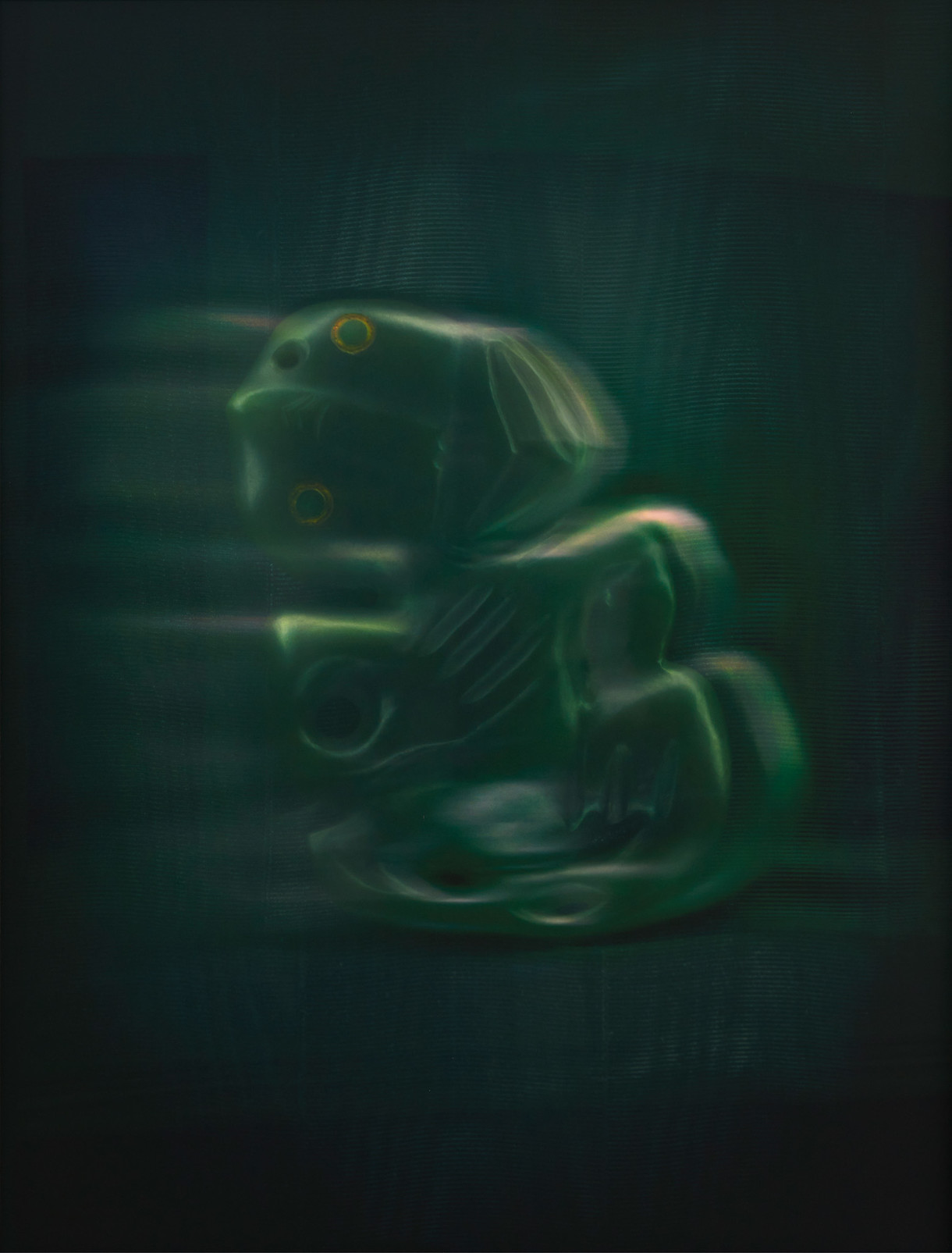
Puta Noa I Te Ao / In the World
Artists from Aotearoa New Zealand are often well-travelled. Feeling the distance of Aotearoa from the world’s centres of art, they have often been drawn overseas to study and work, contributing to the art history of their adopted countries as well as this one.
Notes
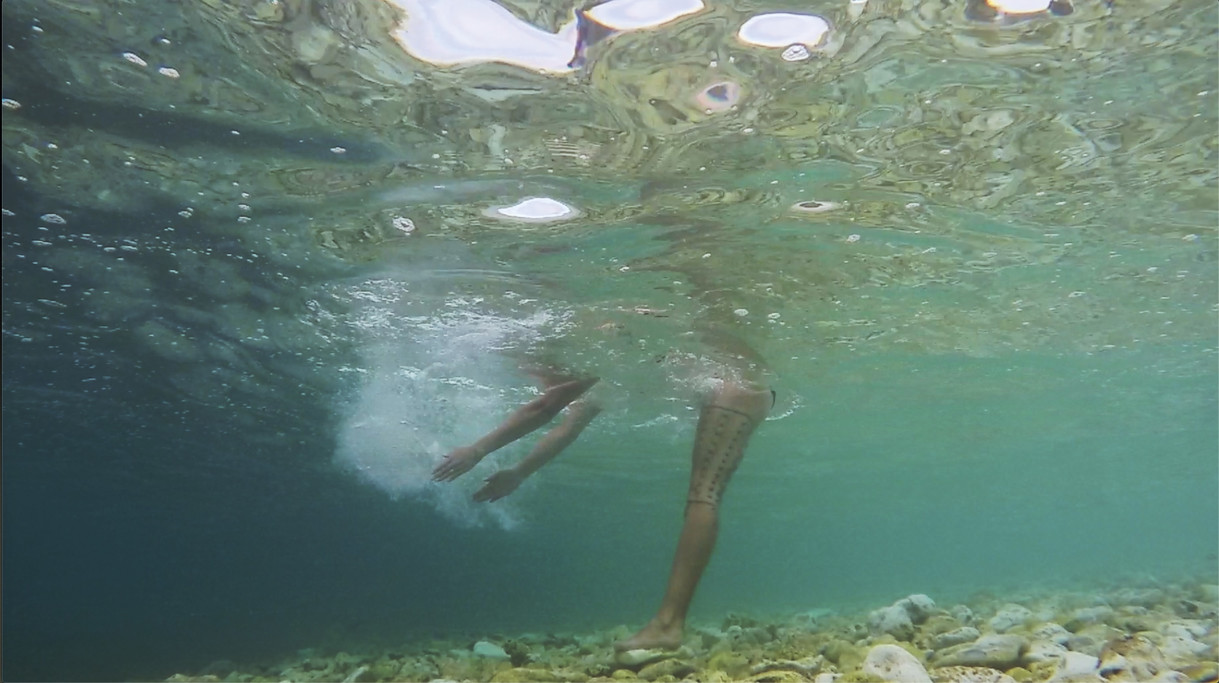
He Toka Tū Moana
The Māori whakataukī or proverb “He toka tū moana” uses the image of a rock that stands firmly in the ocean to describe someone steadfast and strong in their culture or beliefs, who defies all opposition.
Director's Foreword
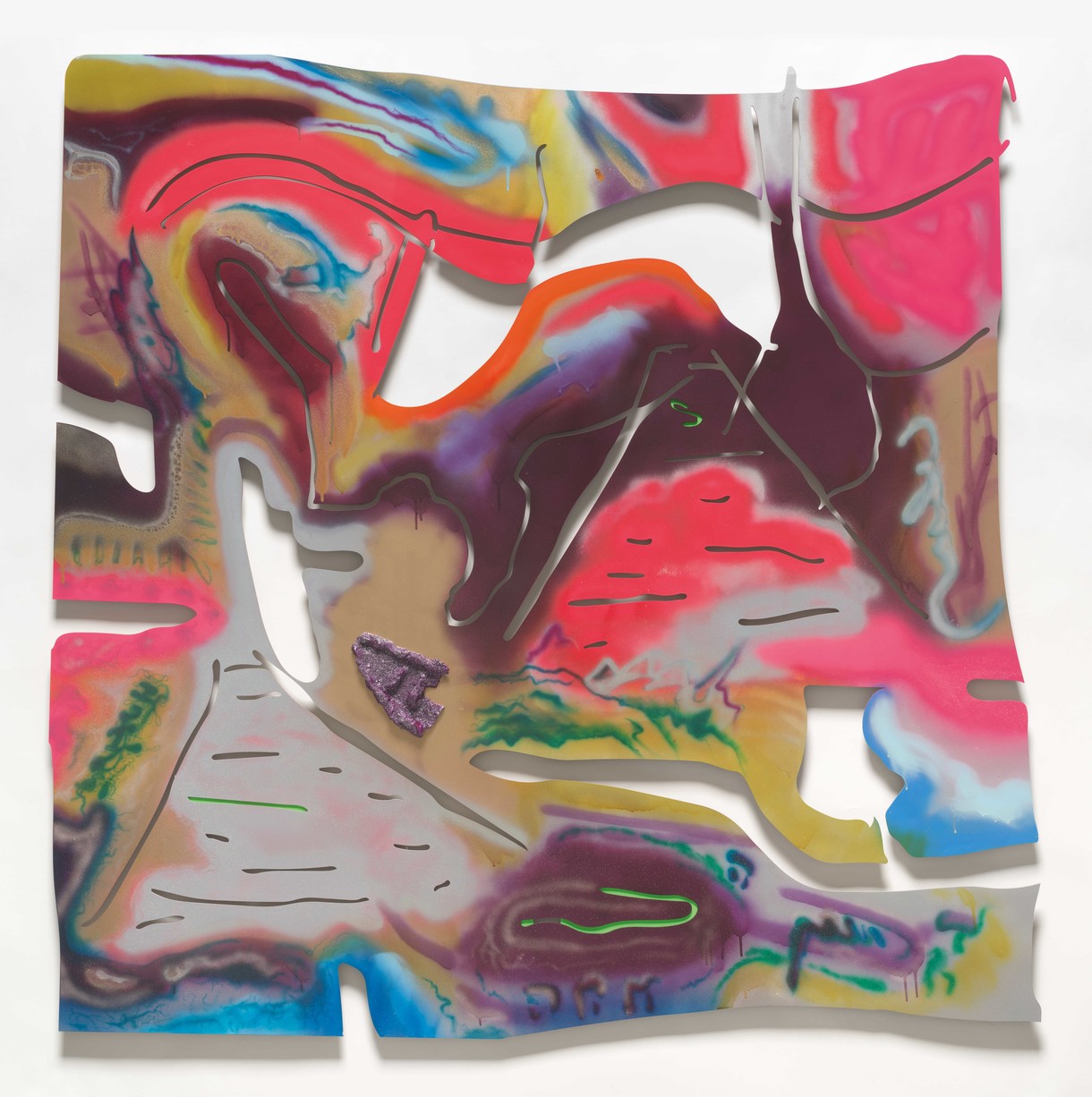
Director’s Foreword
Welcome to the autumn issue of Bulletin. Here at the Gallery, we’re about to move into a major changeover as we rehang our upstairs collection galleries. When they reopen again on 10 April, the whole space will have been given over to a major new exhibition.
